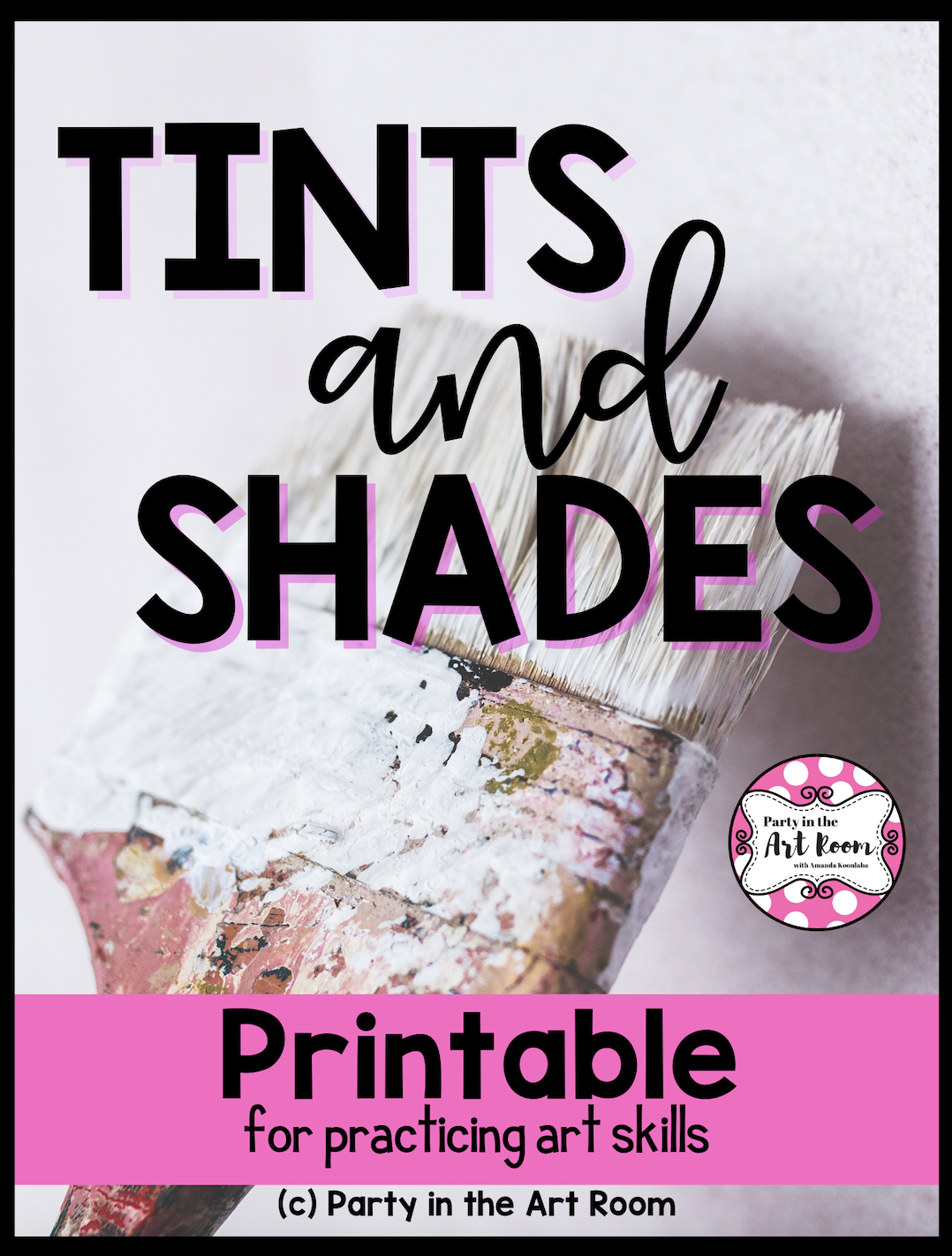Explore the Magic of Tints and Shades with Free Worksheets
As a teacher, you know the importance of nurturing your students' creativity and imagination. Whether you're teaching art, science, or any other subject, finding ways to engage your students and spark their curiosity is essential to their learning.
I remember when I first introduced tints and shades to my art classes. At first, they were a bit hesitant, unsure of how to mix the colors and create the effects they wanted. But as they began to experiment and play with the ratios, adding a little bit of white or black at a time, they started to see the magic happening right before their eyes. The looks on their faces were priceless as they saw how they could create an entirely new color by simply adjusting the amount of white or black.
Here are some of the ways that tints and shades can enhance your classroom activities:
Exploring Color Theory: By using tints and shades, your students can learn about color theory and how colors interact with each other. They can experiment with different combinations of tints and shades to create harmonious or contrasting color schemes.
Enhancing Visual Arts Skills: Tints and shades are essential tools for any artist. By practicing with tints and shades, your students can develop their skills in mixing colors, shading, and highlighting.
Integrating STEAM Concepts: Mixing tints and shades involves using ratios and proportions, making it an ideal activity to integrate math and science concepts into your art lessons. In fact, did you know that the human eye can distinguish over a million different colors? Imagine the possibilities for exploration and discovery when you combine art and science!
Fostering Creativity: By allowing your students to experiment with tints and shades, you're encouraging them to think outside the box and explore their own unique ideas and styles. I've seen students come up with some incredible color combinations and effects that I never would have thought of myself.
So, how can you bring the magic of tints and shades into your classroom? One way is by using our "Tints and Shades Worksheets" freebie download!
Designed specifically for classroom use, these worksheets provide a fun and educational way for your students to explore the concepts of tints and shades while developing their artistic skills. This freebie download includes a set of worksheets with grids for creating different tints and shades, making it easy for you to incorporate this activity into your lesson plan. With these worksheets, your students will have the opportunity to mix colors, learn about the effects of light and shadow, and create beautiful works of art that they can be proud of. Just print and go!
Don't miss out on this opportunity to enhance your classroom activities and empower your students to unleash their creativity.
Who knows what amazing color combinations and effects your students will discover with tints and shades! Download our "Tints and Shades Worksheets" today and see the magic for yourself.
I’m Amanda, and I align standards and integrate content to help teachers meet the needs of the Whole Child in art class! I have yet to find a standard that I couldn’t teach through art, and I want to share it all with you.
Not sure where to start with bringing art and content together? This freebie guide is packed with 25 ideas to align your art lessons with math and ELA standards. Your students will be crafting art and practicing algebraic thinking. Win-win!
I want all students to feel successful in the art room, so I created a standards-based Daffodil Collage lesson to do just that! The lesson includes an artist study, student reflection, and more, so push your artists to their full potential.
Follow along on my Instagram page for more tips on teaching the Whole Child in the art room!
Connecting art and content together doesn’t have to be mind-boggling. I’ve made it simple with 25 math and ELA art lesson starters - for free! Plus, I included 15 worksheets for students to reflect on their art-making journey.



